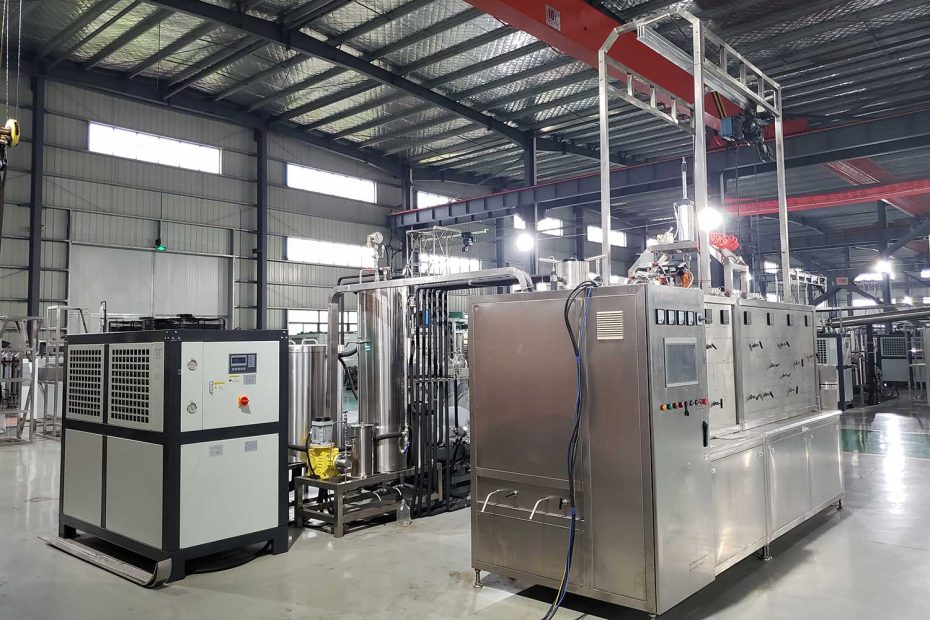When selecting a supercritical CO2 extraction machine, the separation vessel is an important factor to consider. The separation vessel is responsible for separating the extracted material from the supercritical CO2, and it can be set up to achieve different levels of separation and purification.
5 tips of the CO2 separation vessel
Multi-stage separation
The separation vessel can be set to one-stage separation or multi-stage separation, depending on the purpose of separation. For example, for Chinese herbal medicine extraction, multiple separations may be required to achieve the desired level of purity. Therefore, it is important to choose a CO2 extraction machine that can accommodate the required number of separation vessels, and that can be easily configured for multi-stage separation if needed.
Number of separation vessels
In addition to the number of separation vessels, other factors to consider when selecting a CO2 extraction machine include the size and capacity of the separation vessel, the materials used in construction, and the design of the vessel to ensure efficient and effective separation. It is also important to consider the compatibility of the separation vessel with other processes such as rectification and adsorption, as these processes may be used in combination with separation to achieve the desired results.
Size and capacity
The size and capacity of the separation vessel should be chosen based on the volume of material to be extracted and the desired yield. It is important to choose a separation vessel that is large enough to accommodate the material to be extracted, but not so large that it results in inefficient operation and decreased yield. The materials used in construction should be compatible with the CO2 extraction process and should be able to withstand the high pressures and temperatures involved in the process. Stainless steel is a common choice for separation vessel construction because of its durability and resistance to corrosion.
Design of the separation vessel
The design of the separation vessel should also be considered when selecting a CO2 extraction machine. A well-designed separation vessel should allow for efficient and effective separation of the extracted material from the supercritical CO2. For example, a vessel with a conical bottom and a drain valve can make it easier to remove the extracted material from the vessel. The vessel should also be designed to minimize the risk of clogging or blockage, which can lead to reduced efficiency and decreased yield.
Other processes
When selecting a CO2 extraction machine, it is also important to consider the compatibility of the separation vessel with other processes such as rectification and adsorption. These processes may be used in combination with separation to achieve the desired level of purity and yield. For example, rectification can be used to further separate and purify the extracted material, while adsorption can be used to remove impurities and unwanted compounds.
Final Words
When selecting a CO2 extraction machine, it is important to choose a separation vessel that is designed to meet the specific requirements of the extraction process, including the number of stages of separation needed, the capacity and size of the vessel, and its compatibility with other processes. A well-designed separation vessel can help ensure efficient and effective extraction and separation of the desired product.
